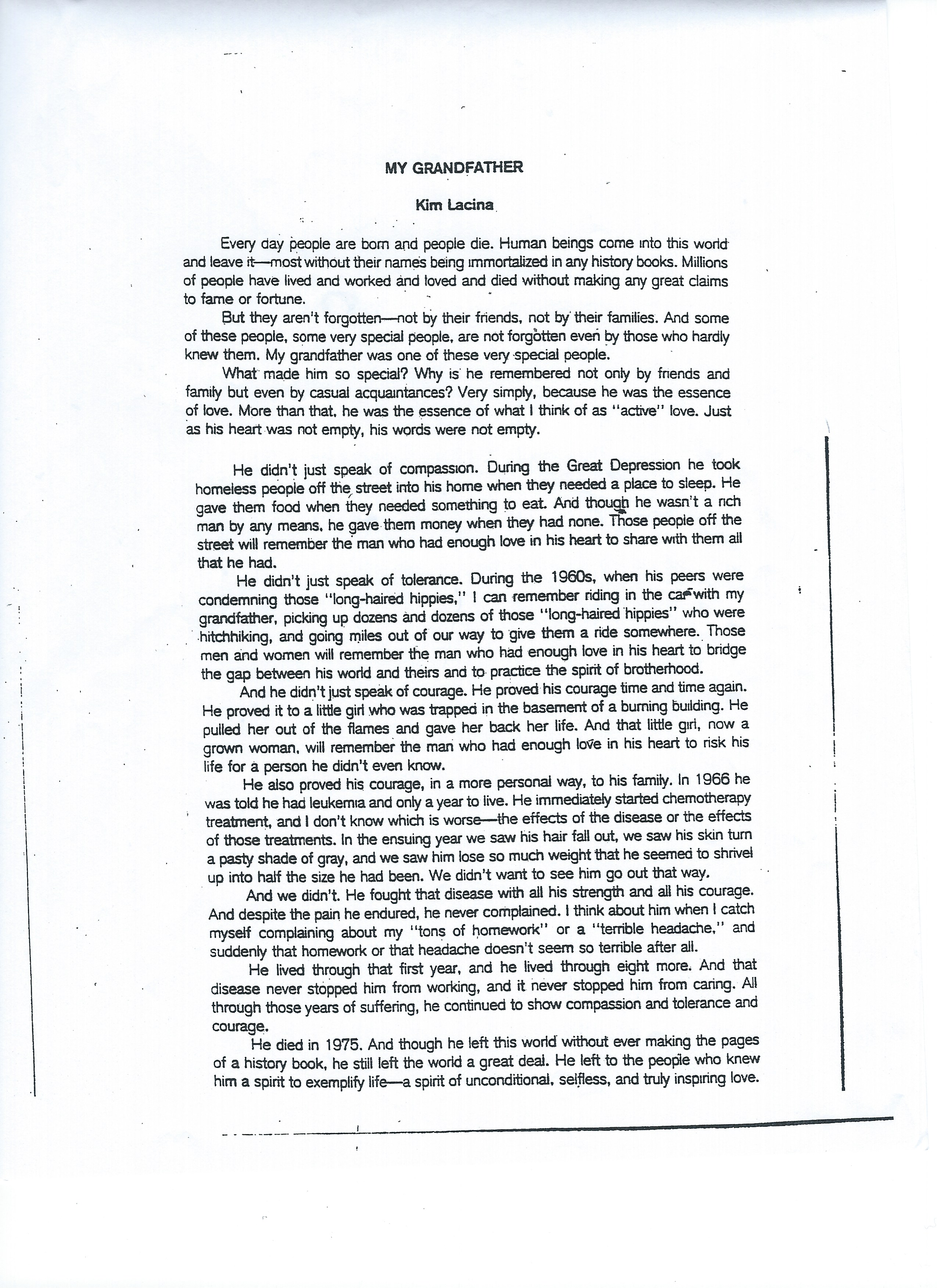

If you plan to take advantage of this service, then your data and other supplemental material must be submitted before your article is accepted.
FORMATTING MANUSCRIPTS CODE
FORMATTING MANUSCRIPTS ARCHIVE
Comments on the generalizability of the results (i.e., external validity), needs for further research, and clinical implications often are highly desirable.ĪSHA has partnered with Figshare to enable authors to automatically archive data and supporting materials in an open access, public repository when submitting an article to an ASHA journal. This section may be omitted from articles that are not data-based.Ĭonclusions: The Conclusions section must state specifically the extent to which the stated purposes of the article have been met. Statistical outcomes may be summarized, but no statistics other than effect sizes should be provided within the abstract. Results: The Results section should summarize findings as they apply directly to the stated purposes of the article.

If the article is not data-based, information should be provided on the methods used to collect information (e.g., computerized database search), to summarize previously reported data and to organize the presentation and arguments (e.g., meta-analysis, narrative review). If the participants have been assigned randomly to study conditions, this must be noted explicitly, regardless of the design used.

Method: The Method section must describe characteristics and numbers of participants and provide information related to the design of the study (e.g., pre–post group study of treatment outcomes, randomized controlled trial, multiple baseline across behaviors ethnographic study with qualitative analysis prospective longitudinal study) and data collection methods. Lengthy descriptions of rationale are not necessary or desirable. Purpose: The Purpose section must include a concise statement of the specific purposes, questions addressed, and/or hypotheses tested. Regardless of the type of manuscript, abstracts must be structured using the following sections: The size limit for what can be included in your submission is set above 300 words, but that is so that very detailed abstracts for specific types of studies can be accommodated (see, for example, the abstract for this randomized controlled trial reported according to the CONSORT framework) As a result, abstracts must be brief but also informative enough to be genuinely useful.ĪSHA recommends that abstracts be 150–250 words. The abstract helps readers scan through lists of articles or search results and is essential for helping users decide whether to read the rest of the article or save it for future reference.


 0 kommentar(er)
0 kommentar(er)
